Zenith is introducing “the El Primero of the 21st Century,“ as revealed by Zenith CEO Jean-Claude Biver in an exclusive interview with the Editorial Director of Ebner Publishing’s Watch Division Rüdiger Bucher.
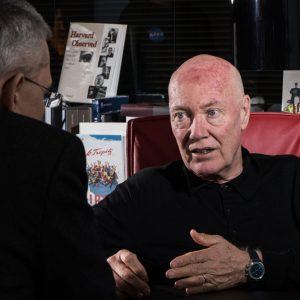 Zenith is introducing “the El Primero of the 21st Century,“ as revealed by Zenith CEO Jean-Claude Biver in an exclusive interview with WatchTime collaborator and Chronos Editor-in-Chief Rüdiger Bucher.
Zenith is introducing “the El Primero of the 21st Century,“ as revealed by Zenith CEO Jean-Claude Biver in an exclusive interview with WatchTime collaborator and Chronos Editor-in-Chief Rüdiger Bucher.
Since early January 2017, Jean-Claude Biver, the head of the watch division at luxury goods group LVMH, has also led the Zenith watch manufacture – in addition to serving as the CEO of TAG Heuer and Chairman of Hublot.
In a recent interview, Biver revealed his plans for the future: On March 22 at Baselworld, Zenith will present a new chronograph movement, called El Primero 21, with 1/100th-second timing.
RB: Mr. Biver, at the beginning of January you personally took over the interim leadership of Zenith. You cited your worries about its corporate figures.
JCB: The figures alone are never the most important aspect. Being in the red is unimportant to me on its own, but it is an expression of deeper problems. It’s important for me to know the reason for the bad numbers. Because only then can I act accordingly.
RB: Zenith was in the red both in 2015 and 2016. What were the reasons for this?
JCB: There’s no single reason. There’s an abundance of smaller reasons. Is it the product? Are there too many employees? Does the marketing need to be better? Is it the distribution policy? Et cetera. None of these factors is the only reason. There are weaknesses here and there and they add up. All in all, the entire company revealed too little energy. They weren’t progressing fast enough for me. And because I wasn’t able to find any more patience within myself, that’s why I took over the leadership.
RB: You were successful very quickly with both Hublot and TAG Heuer. Can you compare those two situations with Zenith’s?
JCB: Not at all. For example, when I began leading the company in 2014, TAG Heuer was earning a lot of money, in contrast to Zenith. But the numbers at TAG Heuer didn’t interest me either. When a company is profitable that doesn’t mean that everything is running perfectly. When I arrived at TAG Heuer, I wanted to see the business plan. I wanted to become familiar with the message — the product strategy and the price strategy, the marketing and the distribution policies. I wanted to see what was happening in research and development. These analyses showed me where the weaknesses were – and later we tried to correct them. If I had only looked at the numbers I wouldn’t have changed much of anything. And so, just like the positive numbers at TAG Heuer didn’t satisfy me, I’m not terribly worried about the low numbers at Zenith.
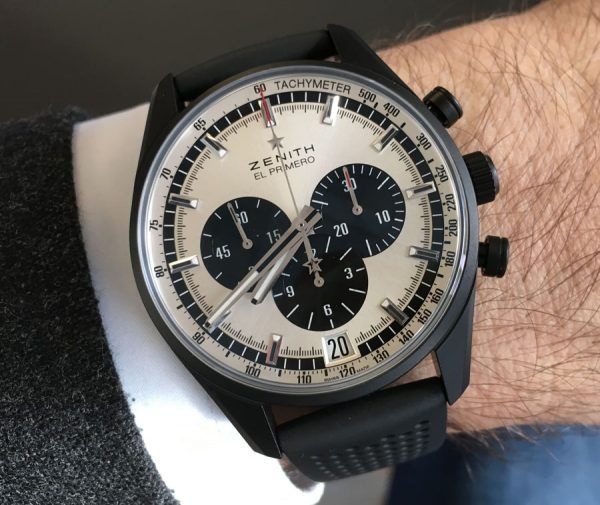
RB: Why are the numbers at Zenith so bad?
JCB: That can go very rapidly for a pure manufacture like Zenith. Being a manufacture is a strength, but it’s also a weakness because you have to meet a minimum production number in order to be profitable.
RB: Zenith has been producing only about 20,000 watches per year.
JCB: Yes. At a manufacture with about 200 employees the profitability threshold is around 25,000 to 30,000 watches per year. If you don’t achieve those quantities you will inevitably lose money.
RB: What are your concrete plans for Zenith?
JCB: Zenith is part of a group. Because I’m in charge of the LVMH watch brands TAG Heuer, Hublot, and Zenith, I need to determine what position Zenith will take within the group.
RB: Let’s start with Hublot. It’s positioned at the top.
JCB: At Hublot we talk about “inaccessible and disruptive luxury.” These watches are priced too high for most consumers. They’re “disruptive,” from the point of view of design, extremely innovative in the materials, with very strong and innovative movements, which means that we’re breaking with conventions. Hublot is like Ferrari, which has been its partner since 2009. And TAG Heuer is a) the leader in “accessible” luxury in the Swiss watch industry, b) always avant-garde, and c) with a very high “perceived value.” A TAG Heuer watch must always look more expensive than it is. Just look at our chronograph tourbillon. It costs 15,000 euros it but could easily cost twice as much. Patek Philippe president Thierry Stern criticized me and said that the watch was too cheap. That was the best compliment we ever got and justified our strategy.
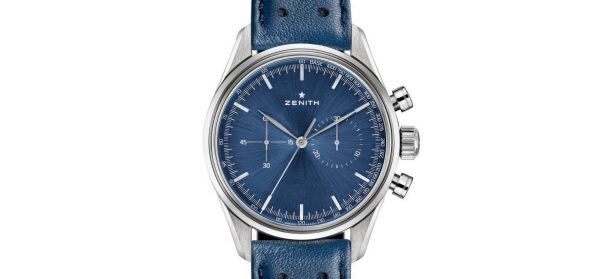
RB: What does Zenith stand for?
JCB: Zenith stands for haute horology and for traditional watchmaking art at affordable prices. [It should be] affordable luxury — but with a more classical approach than TAG Heuer, and at a price that lies between Hublot and TAG Heuer. There are brands that also stand for traditional watchmaking but are unattainable for the majority of people. So Zenith isn’t an alternative to these extremely expensive brands, but we are in the same league.
RB: So you continue to see Zenith where it always has been?
JCB: Zenith was always in this price category. And Zenith was always a manufacture. It’s my goal to master traditional watchmaking while continuing to make new developments, and to modernize it and keep it affordable.
RB: What is a price that defines affordability for you?
JCB: That depends on the product. If I offer an ultra-thin watch with an in-house movement for 3,900 euros, that’s affordable – because one usually expects that type of watch to cost around 9,000 euros. But if we’re talking about a minute repeater that might cost 200,000 euros and you can get it at Zenith for let’s say 80,000 euros, then that price of 80,000 euros is also “affordable.”
RB: A good price-performance ratio is attractive for the customer. But that alone is not enough to make a watch actually desirable. What is the source of Zenith’s desirability?
JCB: The art, the tradition, the beauty, the design, the exclusivity, the quality, the prestige of the brand, the elegance of its products, the innovation of the movement etc. These are all qualities Zenith is offering you. I wear this Zenith [showing the new, blue Heritage 146 on his wrist] because I like its size and simplicity.
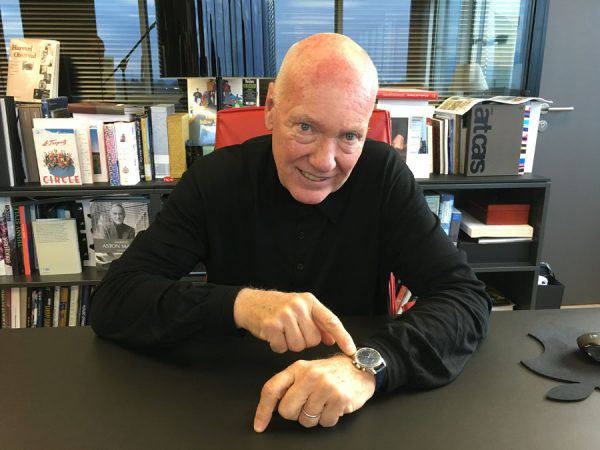
“Less is more” appeals to me. But of course we also need good marketing. We won’t reach our customers if we communicate Zenith in the same way as [we do] TAG Heuer or Hublot. We need to find the right way to address the Zenith customer.
RB: What does that person look like?
JCB: A cultivated personality who wants something special but spends money carefully. A person who could buy a watch for 20,000 euros, but won’t do it because it goes against his mindset. I know a lot of wealthy people who still won’t cross a certain line when making a purchase.
RB: You could offer low prices by using movements from outside companies like ETA or Sellita. Is that an option?
JCB: No, not at all, and it will never be an option. A Zenith has an in-house movement, full stop.


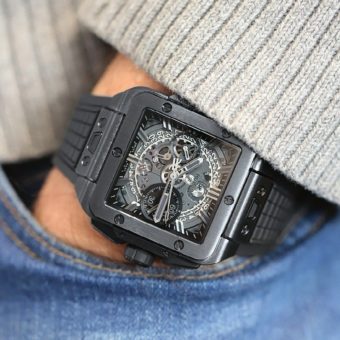


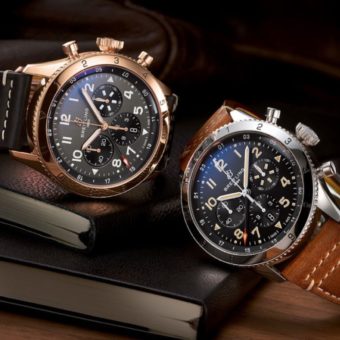

It is a nice watch. I have had an El Primero Defy for about 22 years. But much prefer an El Primero 410 Complete Calendar Moonphase to the new watch. Do not know if will ever buy one now as am in my 86th year.
Dear Sirs, excellent interview. Thanks a lot !
Fascinating interview but what a man with such incredible vision within his field!
You can create the best movement in the industry but if you make an aesthetically unpleashing watch your sales will suffer. Zenith has made a good number of bummers over the years. An instance is those monstrosities that are sold as pilot’s watches. If you make smaller watches with the el Primero movement, please keep the sub dials separate. As a fan I hope you get it right soon.
I love watches…especially unique timepieces…could you please answer one or more question (s), why is this exquisite timepiece worth more than a years salary..in some economies? And, what is the materiel and labour cost to produce it….? Finally, Swiss watch sales are depressed at the moment…reported to be as much as 50%…Why does this watch cost so much? Take care and thanks…Regards,
Good and interesting interview! Looking forward to Basel!
Great interview. I am pulling for this brand and the magic JCB can do. One question…. does the man ever sleep?
The most amazing man alive in the Swiss watch industries!!!
Post-Scriptum: This is one of the best interviews I ever read.
This excellent interview shows two things: Jean-Claude Biver is in fact a genious and also an enfant terrible in the world watch industry. First, he doesn´t run away from the questions. Secondly, he has a clear business plan in his mind to make a company profitable due to his vast experience in the watch industry since when he bought Hublot and Blancpain many years ago. Thirdly, he is not afraid to break traditions.